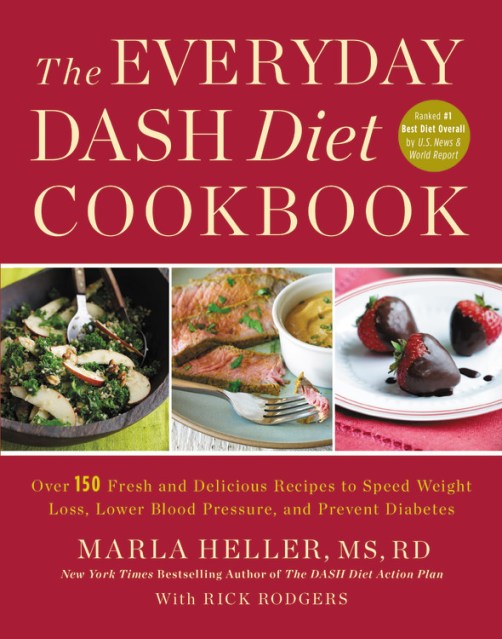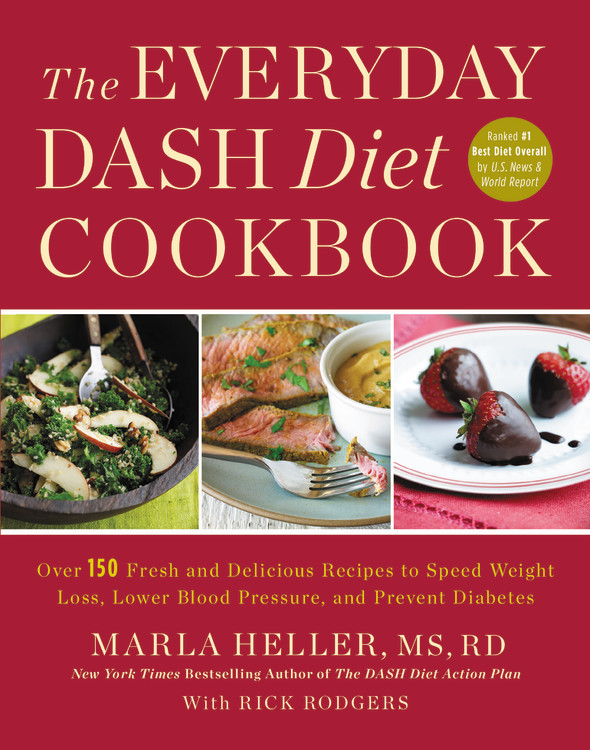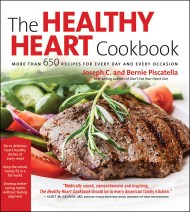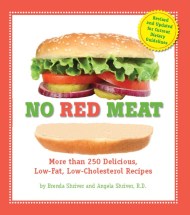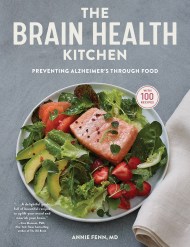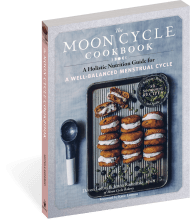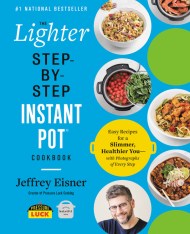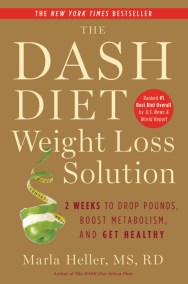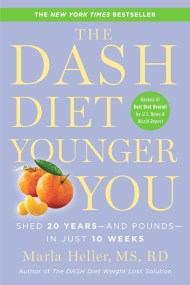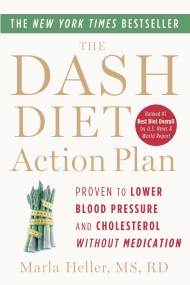Promotion
Use code MOM24 for 20% off site wide + free shipping over $45
The Everyday DASH Diet Cookbook
Over 150 Fresh and Delicious Recipes to Speed Weight Loss, Lower Blood Pressure, and Prevent Diabetes
Contributors
By Marla Heller
With Rick Rodgers
Formats and Prices
Price
$19.99Price
$25.99 CADFormat
Format:
- Trade Paperback $19.99 $25.99 CAD
- ebook $2.99 $2.99 CAD
This item is a preorder. Your payment method will be charged immediately, and the product is expected to ship on or around December 19, 2017. This date is subject to change due to shipping delays beyond our control.
Also available from:
New York Times bestselling author Marla Heller, in collaboration with bestselling cookbook writer Rick Rodgers, provides simple, home-cooked, DASH-approved meals to help promote weight loss and increased health benefits.
A healthy diet is only as good as the food it provides in its plan. Now in The Everyday DASH Diet Cookbook, bestselling author and foremost DASH expert Marla Heller, together with bestselling cookbook writer Rick Rodgers, makes it easy to prepare home-cooked meals that are fresh, fabulous, and DASH-approved.
The DASH diet is a required medical recommendation for patients diagnosed with hypertension or pre-hypertension, a group of almost 130 million people, and this ultimate guide to cooking the DASH way serves up everything necessary to maintain a healthy lifestyle. With recipes such as Cinnamon French Toast with Raspberry Sauce, Filet Mignon au Poivre, Yankee Clam Chowder, and Chocolate Fondue with Strawberries, eating health has never been so easy and delicious.
A healthy diet is only as good as the food it provides in its plan. Now in The Everyday DASH Diet Cookbook, bestselling author and foremost DASH expert Marla Heller, together with bestselling cookbook writer Rick Rodgers, makes it easy to prepare home-cooked meals that are fresh, fabulous, and DASH-approved.
The DASH diet is a required medical recommendation for patients diagnosed with hypertension or pre-hypertension, a group of almost 130 million people, and this ultimate guide to cooking the DASH way serves up everything necessary to maintain a healthy lifestyle. With recipes such as Cinnamon French Toast with Raspberry Sauce, Filet Mignon au Poivre, Yankee Clam Chowder, and Chocolate Fondue with Strawberries, eating health has never been so easy and delicious.
Genre:
- On Sale
- Dec 19, 2017
- Page Count
- 240 pages
- Publisher
- Grand Central Life & Style
- ISBN-13
- 9781455528059
Newsletter Signup
By clicking ‘Sign Up,’ I acknowledge that I have read and agree to Hachette Book Group’s Privacy Policy and Terms of Use
